1. Heaven's Gate
 I said in my initial negative review of the notorious Heaven's Gate that it was the most beautiful movie I'd ever seen, and that's what got me through the ass-bustingly long run time. I stand by that, both parts, the gorgeousness of the movie, and the fact that I don't think it's a good movie.
I said in my initial negative review of the notorious Heaven's Gate that it was the most beautiful movie I'd ever seen, and that's what got me through the ass-bustingly long run time. I stand by that, both parts, the gorgeousness of the movie, and the fact that I don't think it's a good movie.
It's the only movie I can think of that I don't like, but would recommend for people to watch. These photos don't even come close to doing the movie justice.


Legendary cinematographer Vilmos Zsigmond had just won an Oscar for his work on Spielberg's Close Encounters of the Third Kind, and had already worked his sepia toned western genius on Altman's McCabe and Mrs. Miller, but this movie, this movie is his masterwork.

It's been said that Zsigmond went into a deep depression over the critical and commercial drubbing this movie took, because he was so proud of the work he'd done. He deserved to be, it's the most beautiful movie I've ever seen.
2. Days of Heaven

Terrence Malick makes beautiful movies. Each one of his movies could've been on this list, and in fact many would probably choose The Tree of Life over this one, but for me it's gotta be Days of Heaven.

Texas never looked so good, and neither did any of the actors, including Richard Gere and Sam Shepard.

The astounding work from cinematographers Néstor Almendros and Haskell Wexler (both already legends in their own right, working together here) is some of the best photography ever put on celluloid.

Malick is a wonderful filmmaker, and I think this is his best movie, both narratively and visually.
3. The Assassin

Hou Hsiao-Hsien has long given us wonderful images to look at. Until last year, my favorite were those in his 1960's set first section of Three Times. But when he made The Assassin, he topped everything else he'd done put together.

His command of framing, how it influences the story, and the sheer beauty on display in the landscape, set design, and costuming created some of the greatest visuals we've ever been given.

It never hurts to be filming beautiful people as well, but Hou's ability to show us gorgeous nature as well as man-made beauty is impeccable.
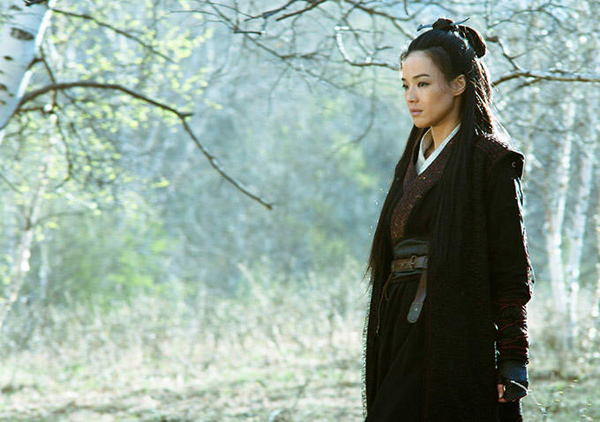
This is, surprisingly, a movie that comes across just as beautiful watching at home as it did on the big screen. Hou's images are amazing no matter the size of the screen. Be prepared for a slow moving journey if you watch it, but the pace lets you soak in that visual glory all the better.
4. Barry Lyndon
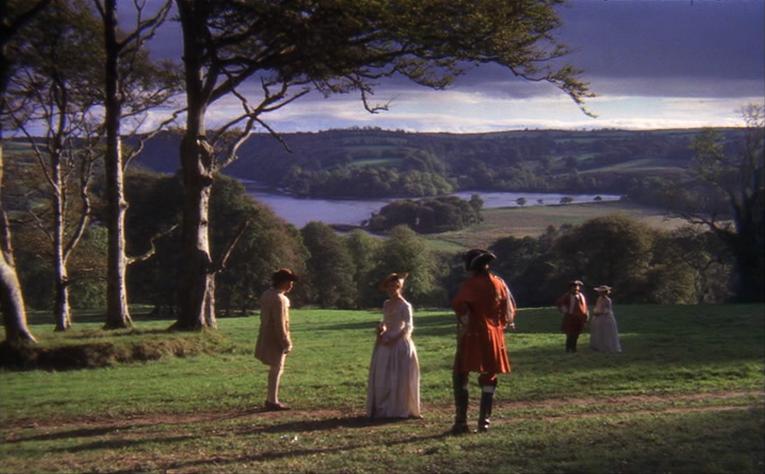
Stanley Kubrick was one of the most visually exacting talents we've ever had, and his movies were always the better for it. Here in Barry Lyndon I think he achieved his greatest visuals, but surrounded it with a sadly unengaging narrative.
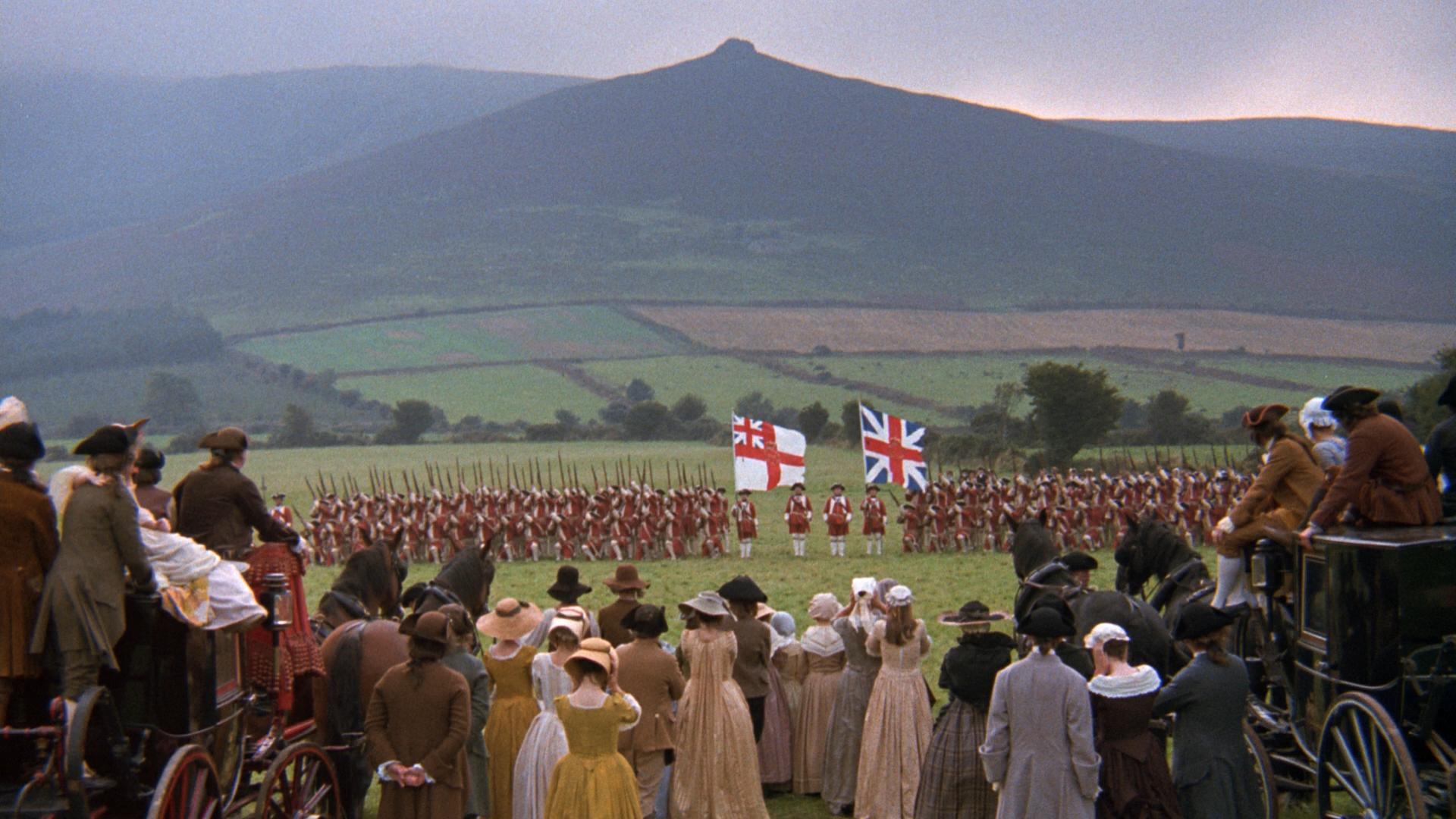
Barry isn't an interesting character, nor is anything that happens to him particularly exciting. There's also an awful narration that robs any dramatic tension that Kubrick might've built up to begin with.

Still, when Kubrick set out to make each frame look like an oil painting, he succeeded.
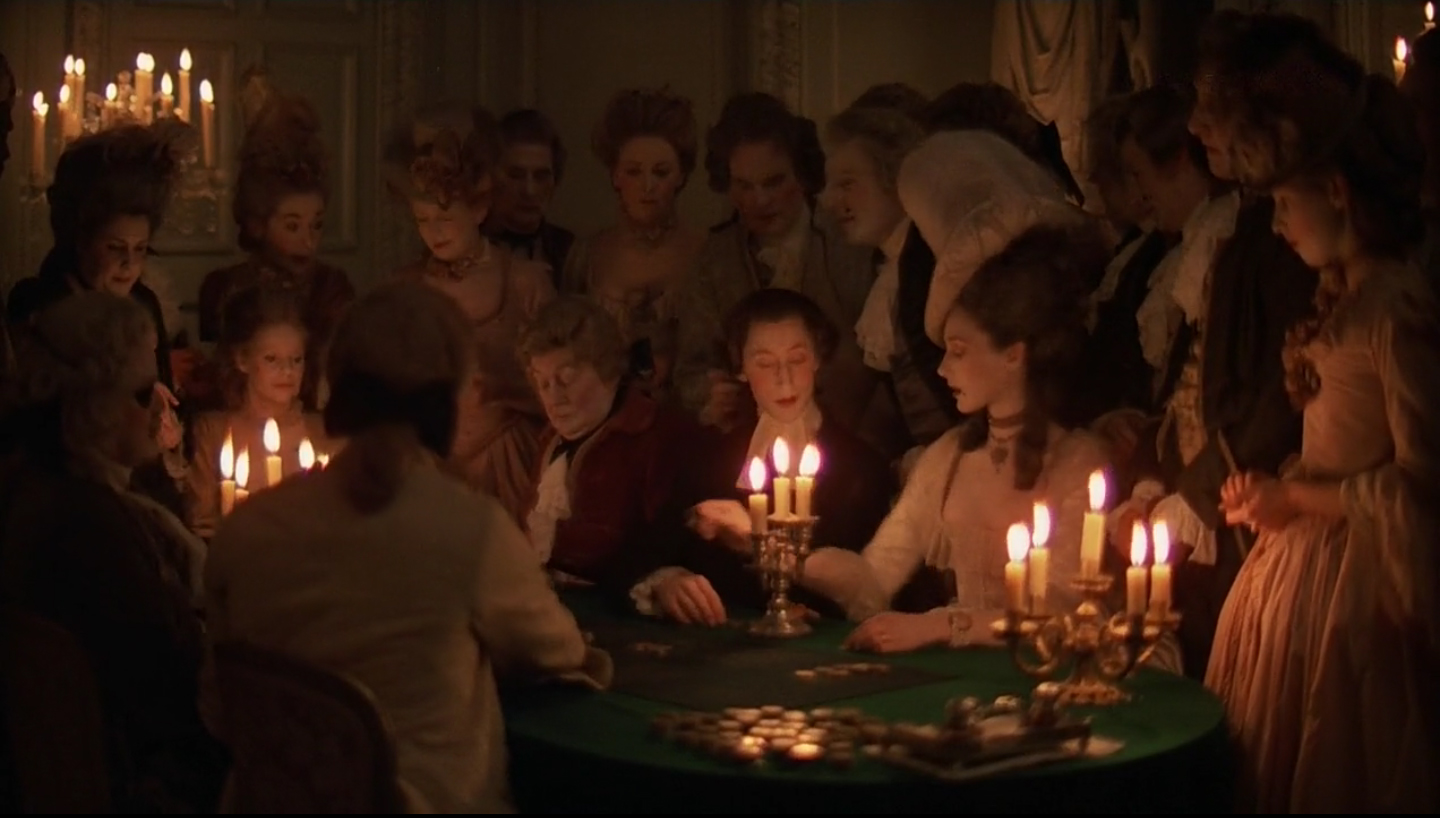
So no matter what I think of the movie as a whole (and it's still worth watching, even as it's too long and only holds my interest in the story at the very end), it must be on this list, and high up too.
5. Blade Runner

Another that I find overrated as a movie, but not as a visual experience is Ridley Scott's Blade Runner.
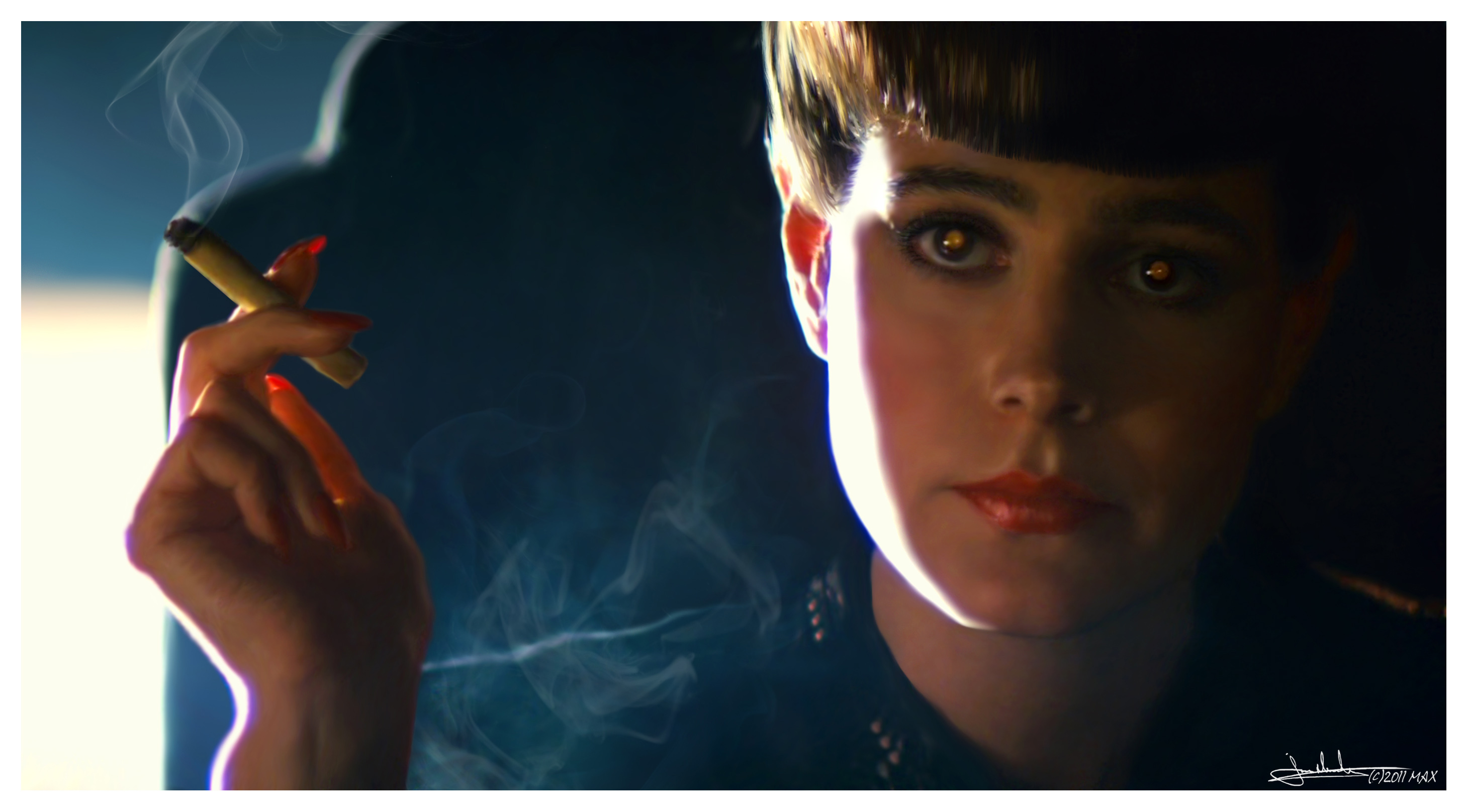
I find the movie itself to be much more shallow than its admirers would ever admit, and overall every time I watch it I think "this is just a crappy action movie wrapped up in some of the most amazing visuals we've ever seen." But since this list is about the visuals, it's gotta go on here.

There's no doubting the kind of influence this movie has had on science-fiction over the years. The visual world building that Scott did is truly extraordinary and made a sizable impact.

So I don't think it's terribly successful narratively, but do give it a positive rating as a movie, still the real draw here anyway are the images. And that's fine by me.
6. Lawrence of Arabia

I said upon my first viewing of Lawrence of Arabia that I didn't care much about the movie, we spend 4 hours with TE Lawrence and yet we really know nothing about the man or why he was the way he was. But I said immediately that it was one of the most visually splendid pieces of cinema I'd ever watched.

The large desert landscapes, sandy battles, and just overall visual brilliance on display from director David Lean is extraordinary.
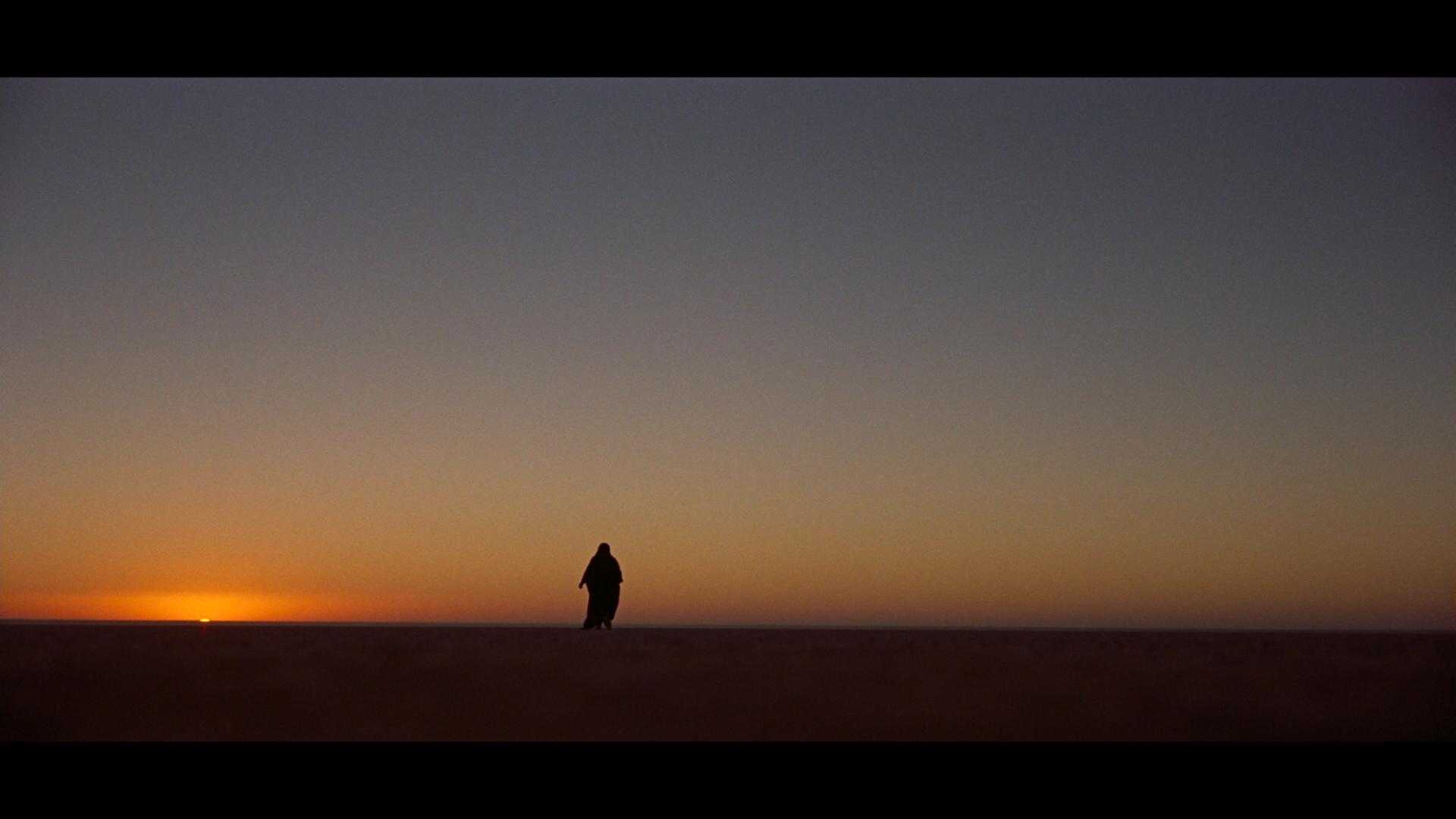
I've not softened on either position. I don't think much of the movie as a narrative or as an experience even, but the visuals are undeniable.

It's not Lean's masterpiece as a movie (that's probably Brief Encounter or Bridge on the River Kwai) but it certainly deserves a high placing on this list.
7. Dark City

Probably despite being one of the shorter movies on the list, I'm guessing Dark City has the most actual shots in it. The average shot length of the movie is something like 1.8 seconds, meaning that for a 100 minute movie there are well over 3,000 shots.

But director Alex Proyas had his background in music videos and knows how to make a big impression in a small window of time.

I've actually watched this DVD in slow motion before and come across images so perfectly framed that I didn't want the next one to come yet.

The frenetic pace of the editing has a narrative purpose, to put us into the fractured mind of the protagonist, but it also serves to give us an innumerable amount of wonderful images on which we can feast our artistic souls.
8. Pan's Labyrinth

Guillermo del Toro is one of my favorite filmmakers as well as one of our best visual stylists. His movies are always impeccably made, even going back to his feature length debut Cronos. But his magnum opus as a stylist (as well as a writer and an overall filmmaker) is 2006's Pan's Labyrinth.

Fantasy is ripe for great visuals, but Del Toro takes things to an unexpected level in his dark fairy tale world.

Alternating between colder "present day" (present day 1940's Spain at least) and more lush fantasy landscapes, Del Toro gives himself even more room to play in visual brilliance. The flawless way he transitions, often having foreground objects act as a wipe to the next scene, is a Del Toro trademark and one I never tire of.

I've seen the movie many times and, like the previous entry, not once failed to be blown away by some new image I'd not really paid attention to before.
9. The Hourglass Sanatorium
By far the least seen movie on the list is this 1973 surreal work from Poland's Wojciech Jerzy Has. It is the most unseen because until recently it didn't have a DVD release in this country. Now it sort of has one, as part of a limited edition box set for Martin Scorsese's Masterpiece's of Polish Cinema.

Even more visually assured than his more narratively successful masterpiece The Saragossa Manuscript, The Hourglass Sanatorium is filled to the brim with unforgettable images. I said in my initial review of it "The way Has moves from sequence to sequence has an incredible flow to it, as sets seem to almost disappear, or open up into the next segment. It's truly astonishing filmmaking on every technical level. I am not always one to say go see a movie just for the visuals, but if you can see this movie, do it, even if it's only for the visuals."

I believe it's available to watch with English subtitles on YouTube, but if you do, please, for your own sake as well as the movie's, please watch it on the biggest and best screen possible. You'll thank me later.
10. Stalker

Andrei Tarkovsky is often thought of as one of the greatest filmmakers in cinema history. While I don't personally hold him in that high esteem, his movies are always fascinating to watch. Of the three I've seen, Stalker is the most extraordinary in its visuals.

There are moments in Stalker that I won't ever forget, simply because of Tarkovsky's care in creating the most astounding visuals.

I think his movies are too long, but there's a command of tone and narrative in them that never lets me wander very far away before being brought right back. Honestly, I would sit down and watch this movie again right now if only to experience the visuals again.

I really like the movie a lot as well, but it deserves a place on this list for bringing us these unforgettable images.
This was probably the hardest list to whittle down, so here's another 10, unranked, in honorable mention form:
Vertigo

The Wizard of Oz

The Fountain

What Dreams May Come

Nausicaa of the Valley of the Wind

Ran
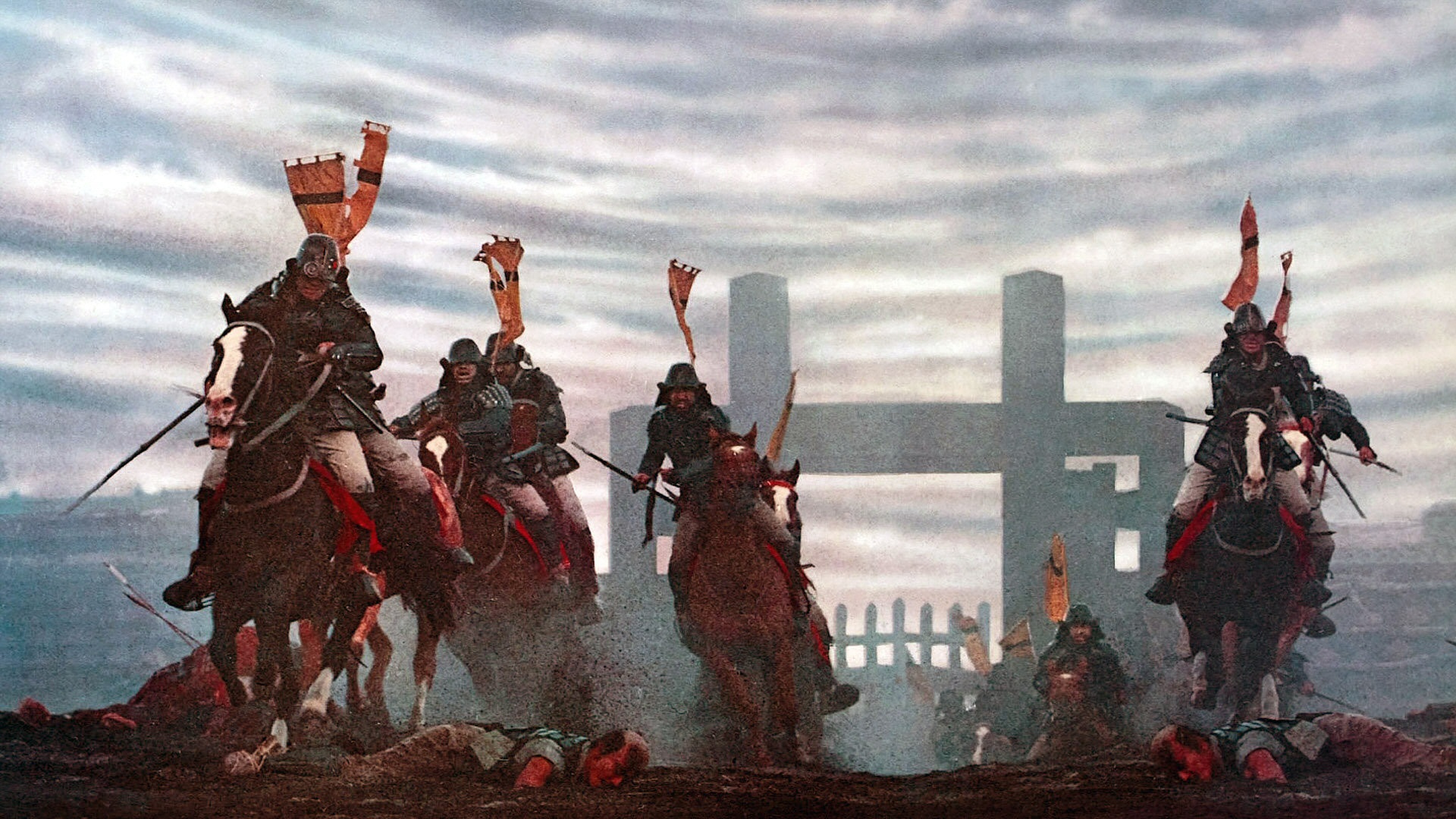
Cloud Atlas

Wall-E

Night of the Hunter

Road to Perdition
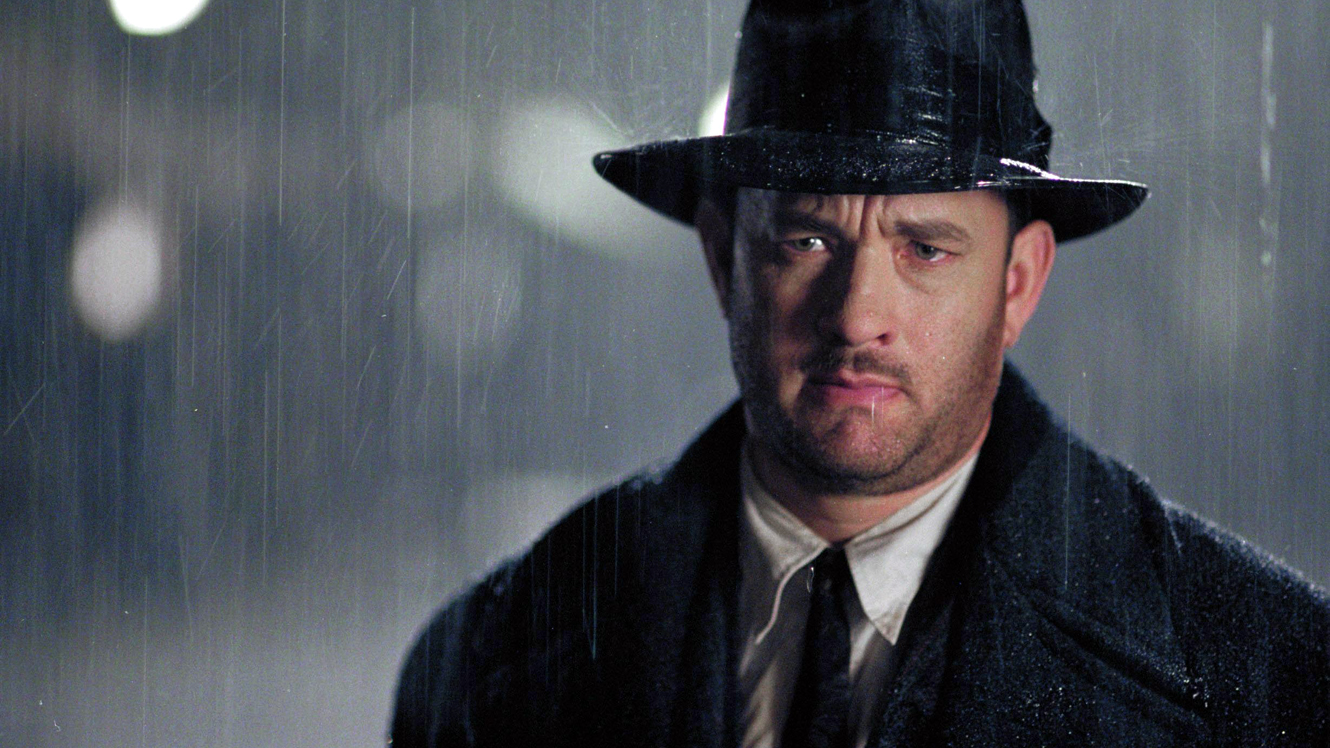


1 comment:
nice
Post a Comment